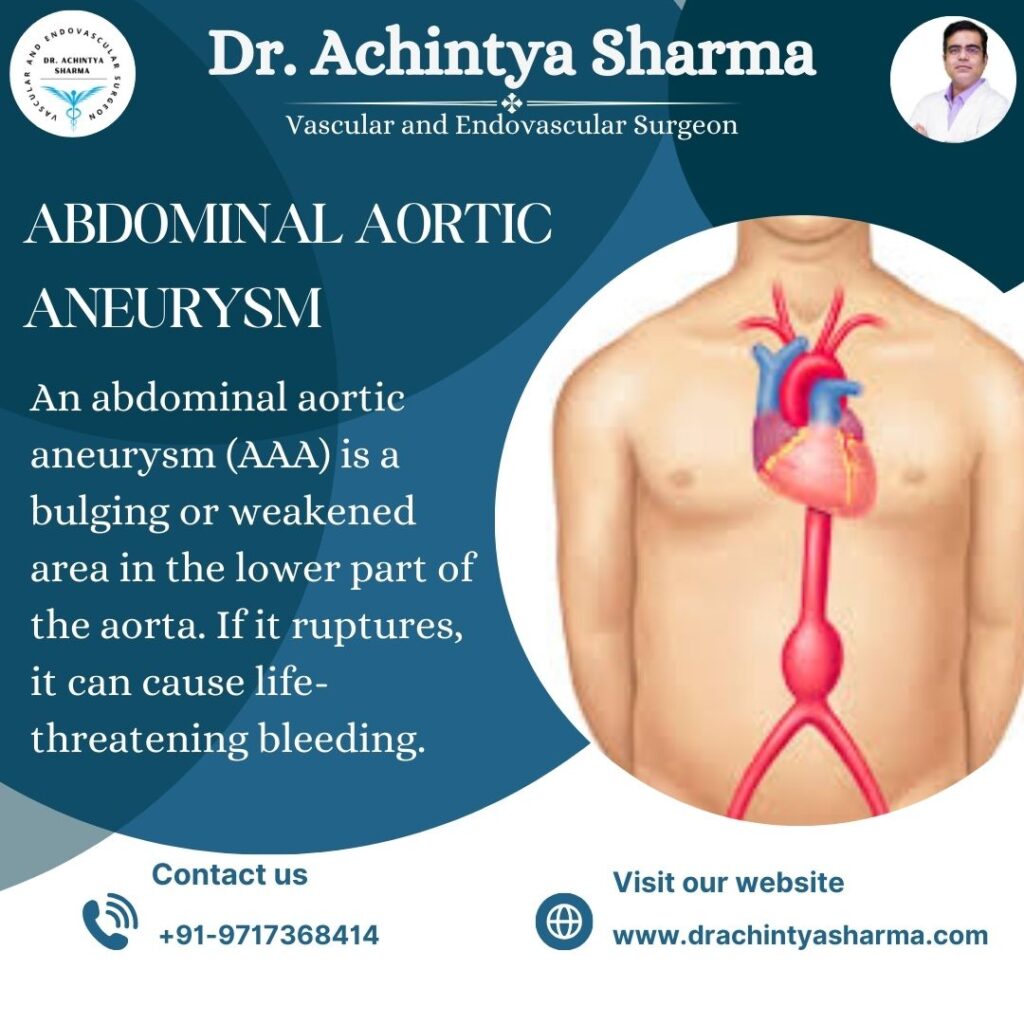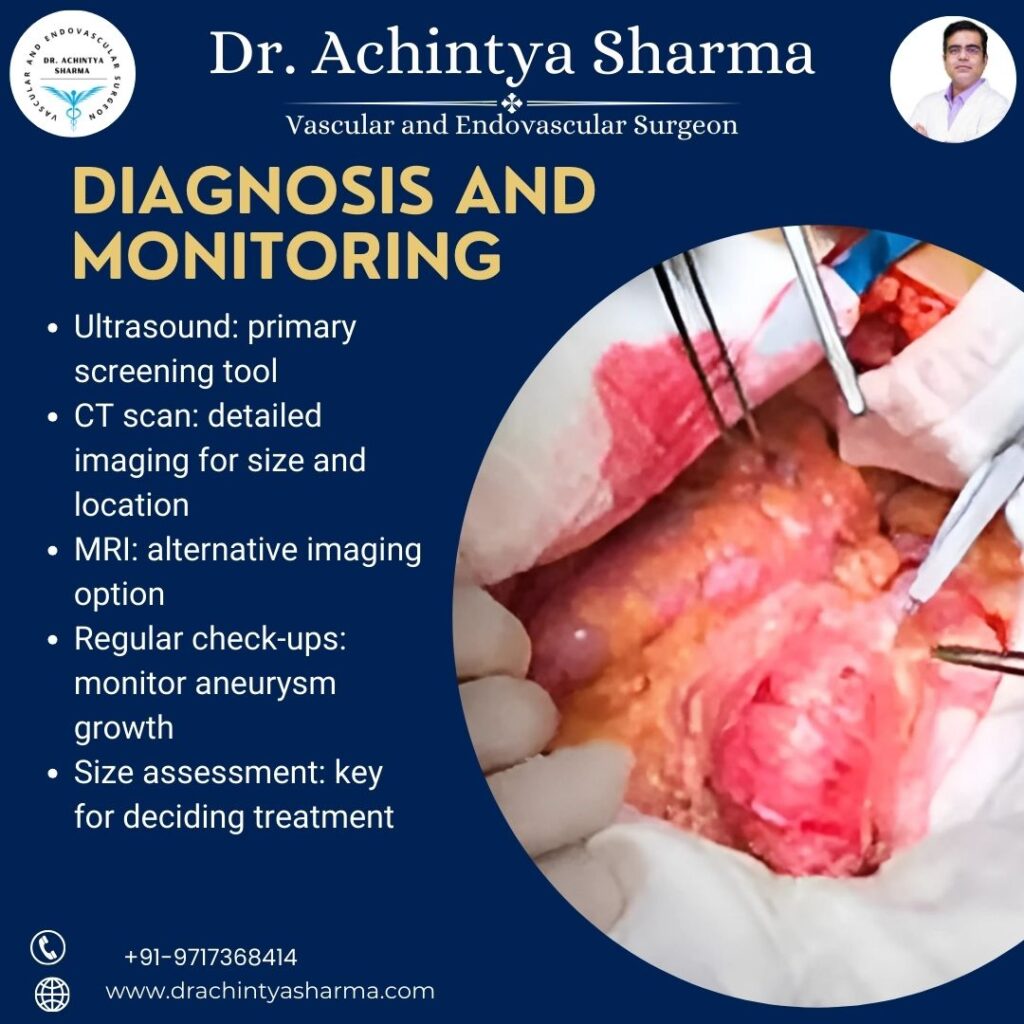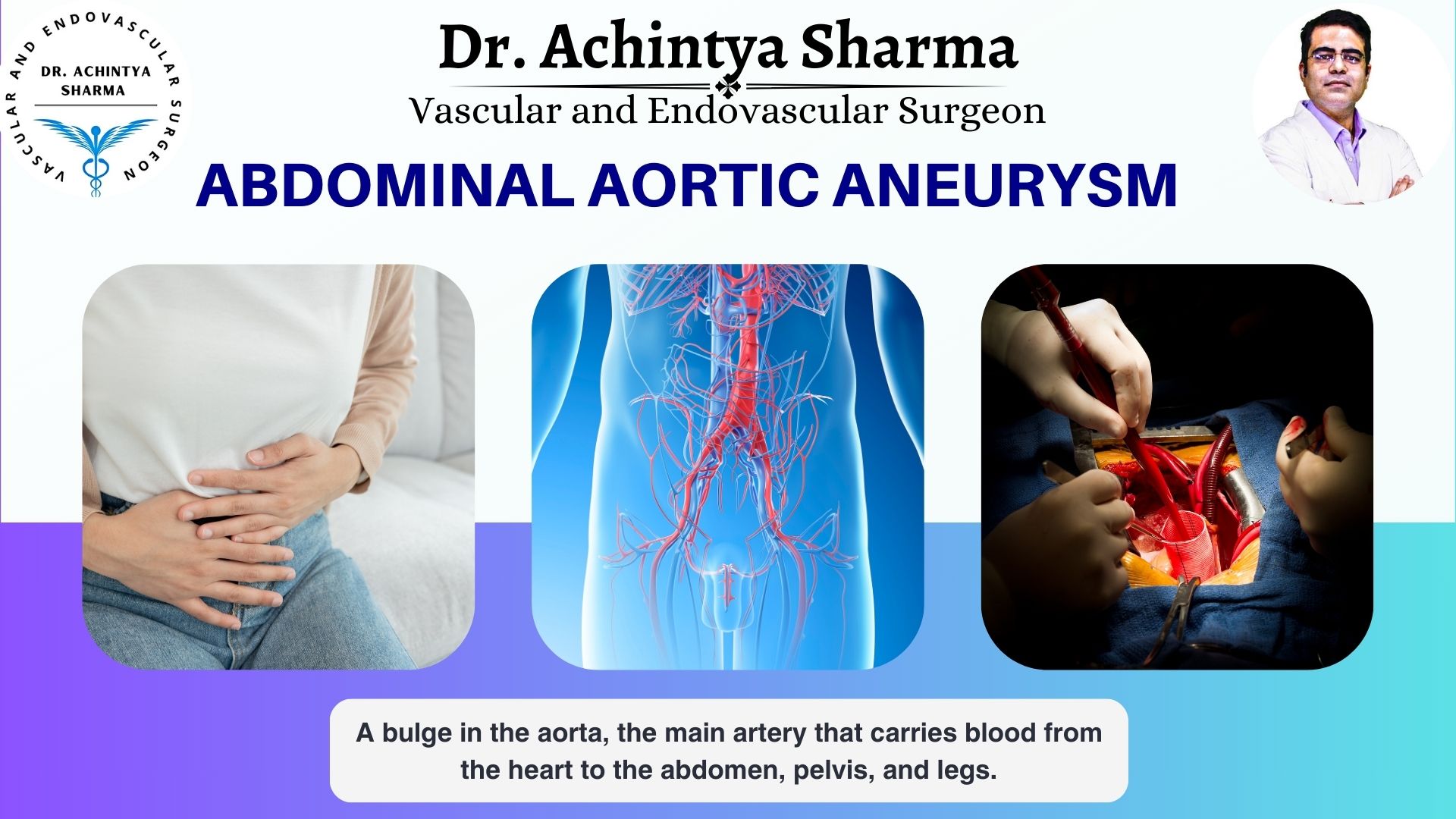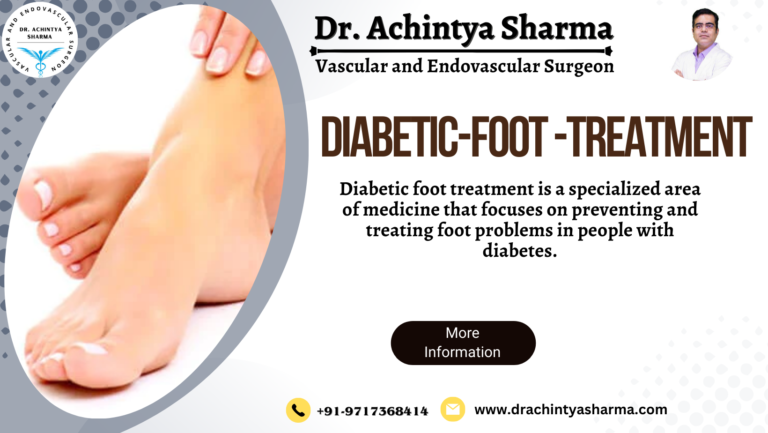An abdominal aortic aneurysm (AAA) is a serious condition where the aorta, the body’s largest artery, weakens and bulges in the abdominal region. If left untreated, an Abdominal artery dilation can rupture, causing life-threatening internal bleeding. Understanding the risk factors—such as smoking, high blood pressure, and family history—is crucial for prevention. This guide will explore key risk factors and the latest lifesaving interventions, from early detection methods to advanced surgical treatments, helping you navigate the complexities of managing abdominal artery dilation effectively.
While abdominal aortic aneurysms can develop silently, understanding the risk factors, symptoms, and treatment options can save lives. This blog will explore everything you need to know about this condition.
What Is an Abdominal Aorti?

An Abdominal artery dilationis a localized bulge or dilation in the lower part of the aorta. This condition can develop over several years and may go unnoticed, as many patients experience no symptoms. It is most commonly found in older adults, especially men over 65, and people with a history of smoking or heart disease.
The danger with an abdominal aortic aneurysm lies in its potential to grow and eventually rupture. When an aneurysm bursts, it can cause rapid internal bleeding, which is a medical emergency. Early detection and management are crucial to preventing serious complications.
Symptoms of Abdominal Aortic Aneurysm
One of the most challenging aspects of diagnosing an abdominal aortic aneurysm is that it often presents no symptoms. However, as the aneurysm grows larger, some people may experience:
- A pulsating sensation near the navel
- Constant deep pain in the abdomen or lower back
- Sudden, severe pain, which can indicate a rupture
If an Abdominal artery dilation ruptures, symptoms can include:
- Intense, sudden pain in the abdomen or back
- Low blood pressure
- Loss of consciousness
- Dizziness or fainting
A ruptured aneurysm requires immediate medical attention, as it can lead to life-threatening internal bleeding.
Risk Factors of Abdominal Aortic Aneurysm abdominal aortic aneurysm
Several factors increase the risk of developing an , including:
- Smoking: Smoking is the leading risk factor for AAA, as it weakens the artery walls.
- Age: People over 65 are at the highest risk.
- Gender: Men are more likely to develop an aneurysm than women.
- Family History: A family history of AAA increases the likelihood of developing the condition.
- Atherosclerosis: Hardening of the arteries due to plaque buildup can contribute to aneurysm formation.
- High Blood Pressure: Increased pressure on artery walls can lead to aneurysms over time.
Diagnosis and Monitoring

An Abdominal artery dilation is often discovered during routine imaging tests, such as an ultrasound or CT scan, performed for other medical conditions. These imaging techniques help measure the size and location of the aneurysm, which is crucial for determining treatment.
For small aneurysms (less than 5 cm), regular monitoring may be recommended. Doctors will schedule follow-up imaging to track the aneurysm’s growth. Lifestyle changes, such as quitting smoking and managing blood pressure, are often advised to slow the aneurysm’s progression.
Treatment Options for Abdominal Aortic Aneurysm
The treatment approach for an abdominal aortic aneurysm depends on its size and the risk of rupture. The main options include:
- Watchful Waiting: For smaller aneurysms, doctors may suggest monitoring its size with regular imaging tests. If the aneurysm isn’t growing rapidly, no immediate intervention may be needed. Lifestyle changes are essential during this period.
- Medications: Drugs to lower blood pressure or cholesterol may be prescribed to reduce the strain on the aneurysm and slow its growth.
- Surgical Repair: If the aneurysm is large (typically over 5 cm) or shows signs of rapid growth, surgery is often recommended. There are two main types of surgery:
- Open Repair: Involves a large incision in the abdomen to replace the weakened section of the aorta with a graft.
- Endovascular Aneurysm Repair (EVAR): A less invasive option where a stent graft is inserted through a catheter to reinforce the aorta.

Preventing an Abdominal artery dilation
While not all Abdominal artery dilation are preventable, several measures can reduce the risk:
- Quit smoking to prevent damage to the artery walls.
- Maintain healthy blood pressure by eating a balanced diet and exercising regularly.
- Monitor and manage cholesterol levels to prevent plaque buildup.
- If you have a family history of abdominal artery dilation, speak with your doctor about regular screenings.
Conclusion
An abdominal aortic aneurysm is a serious condition that can develop without noticeable symptoms. However, early detection through imaging tests and proper management can significantly reduce the risk of rupture. Individuals at risk, particularly older adults and smokers, should consider regular screenings and adopt lifestyle changes to minimize their chances of developing abdominal artery dilation. If you have any concerns, consult your doctor for advice on prevention and treatment options.If diagnosed, smaller aneurysms are often monitored closely over time, while larger ones may require surgical intervention to prevent rupture. Consulting a healthcare provider is essential for understanding your personal risk and discussing preventative measures or treatment options.




